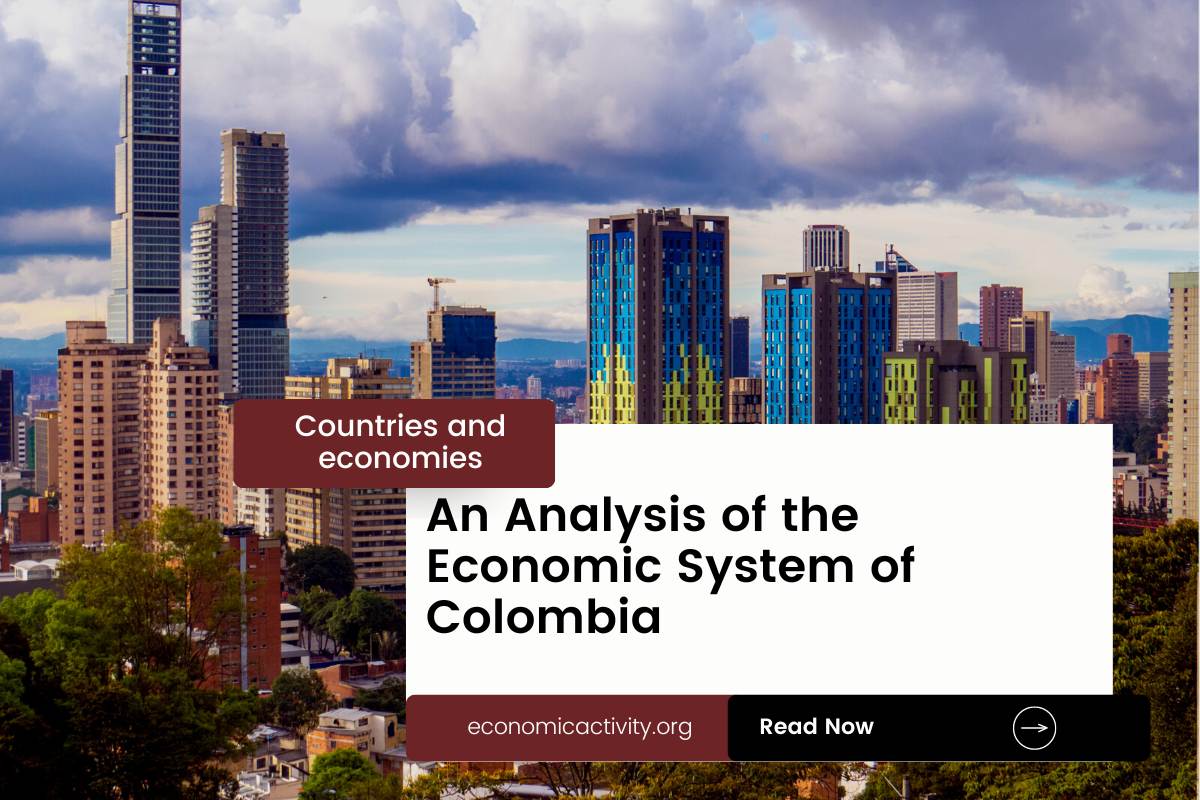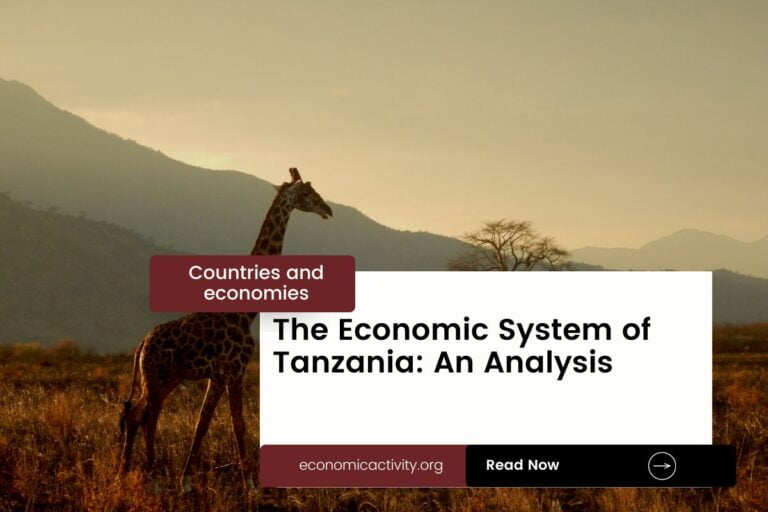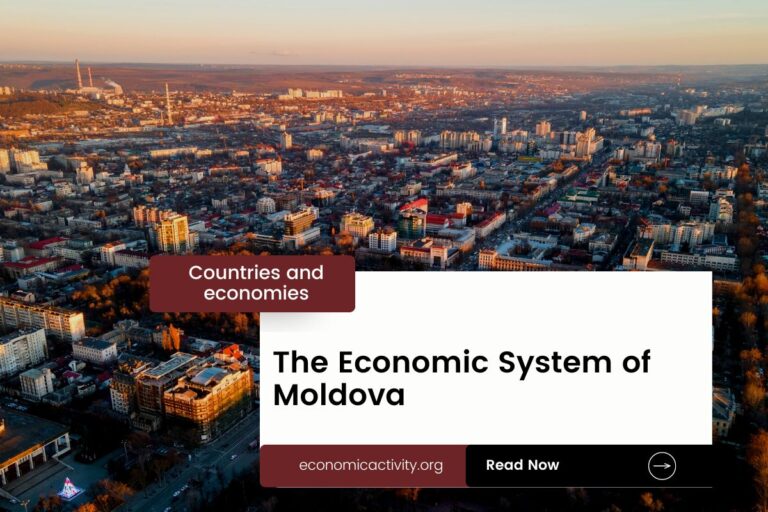What is the economic system of Colombia? The economy of Colombia is based on a mixed economy. The country’s economic system combines elements of a market economy and a planned economy.
In Colombia, the economy comprises a private sector, consisting of individuals and businesses that make autonomous decisions based on self-interest, and a public sector, where the state determines the production and distribution of specific goods and services. No country is purely capitalist or purely communist.
What do the freedom indexes tell about the economic system of Colombia?
Now, to determine if a country is mostly a market economy or a planned economy, it is useful to examine some economic indexes. For instance, according to the 2022 Index of Economic Freedom, which measures the ability of every human to control his own labor and property, Colombia is ranked 60th globally and 12th in the Americas indicating that the country has a moderately free economy.
In a similar way, the 2022 Freedom House index evaluates the state of political rights and civil liberties globally. Generally, market economies tend to align more with democracy and freedom, while command economies tend to be characterized by greater state control and fewer democratic and civil liberty protections. Colombia gets a score of 64/100, which qualifies it as Partly Free. Colombia is considered to have a government that does not control what people do, and people can make their own economic decisions, but it is only considered an electoral democracy, lacking full liberal democratic protections.
The Link Between Public Sector Employment and the Economic System of Colombia
An indicator of the extent to which the State is involved in the economy is the number of public sector employees. In Colombia, according to ILOSTAT, the number of public sector employees as a percentage of the total workforce is 3.9% (2021). In the country’s mixed economy, the number of public sector employees as a percentage of the total workforce varies based on the specific policies and practices adopted by the State. Some economic activities are left to the private sector while others are under government control. The bigger the public sector the closer is the economy to being a command economy.
What does the biggest company in Colombia say about the country’s economic system?
The biggest company in Colombia should also be looked at, as well as whether it is a state-owned or private company. In this case, Ecopetrol from Colombia is a mixed private-public sector company. It is owned by both the Colombian government and private investors, allowing it to benefit from both public and private resources.
The historical factors that have influenced the economic system of Colombia
Colombia’s mixed economy system is the result of a combination of free market policies and government intervention. This system has been shaped by the country’s history of political instability, economic inequality, and social unrest. The government has implemented policies to promote economic growth, reduce poverty, and improve the quality of life for its citizens. These policies have included tax incentives, subsidies, and public investment in infrastructure and education. Additionally, the government has implemented labor reforms to protect workers’ rights and promote job creation. The result is a mixed economy system that has allowed Colombia to experience economic growth and development.
More: what type of economy does Colombia have?





Leave a Reply